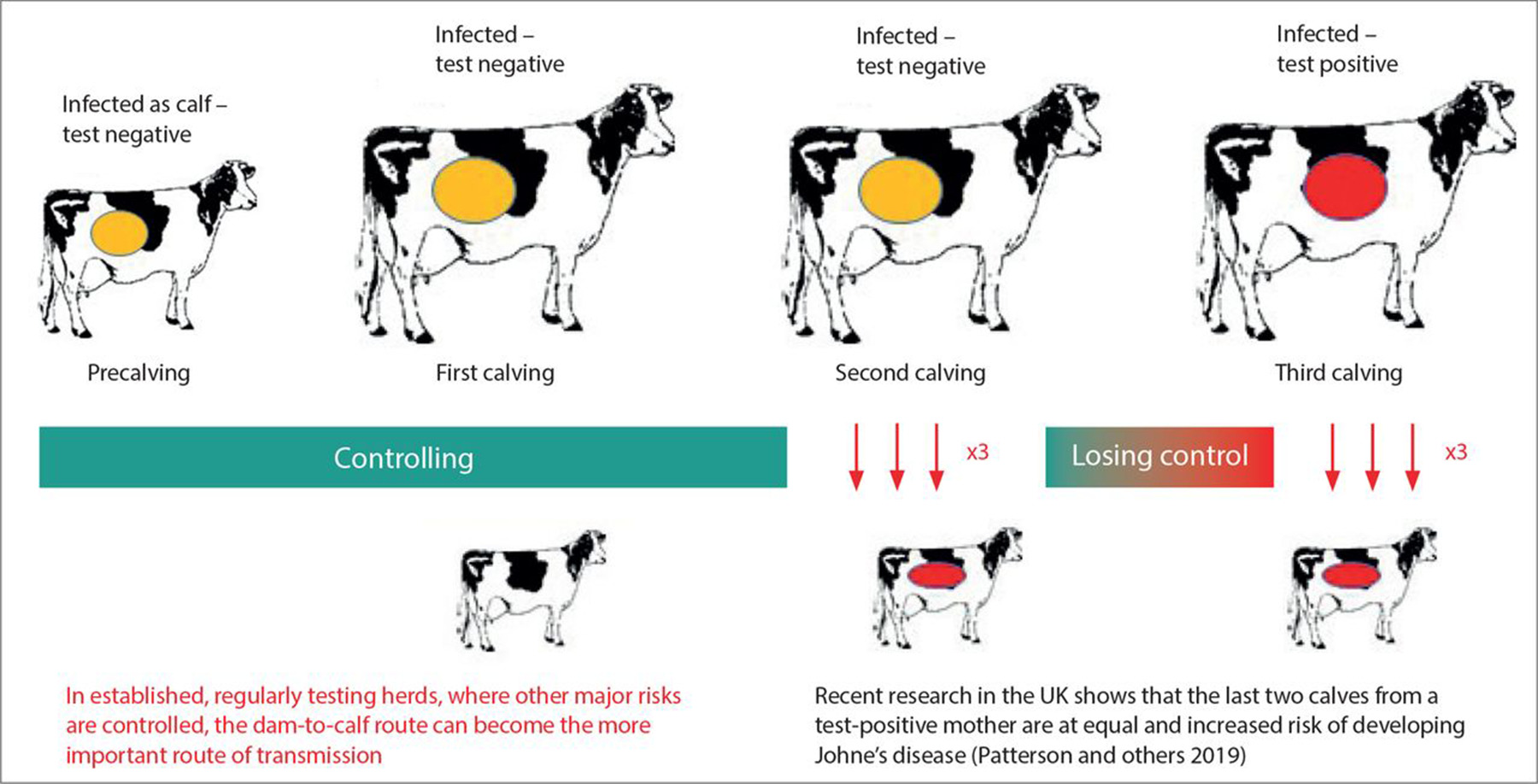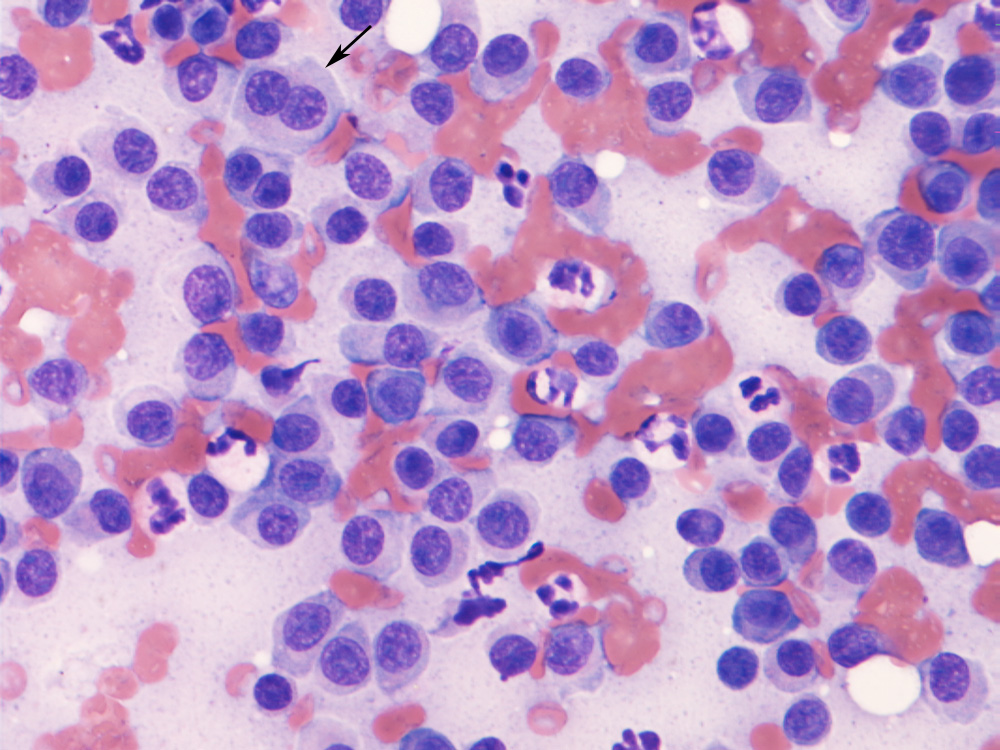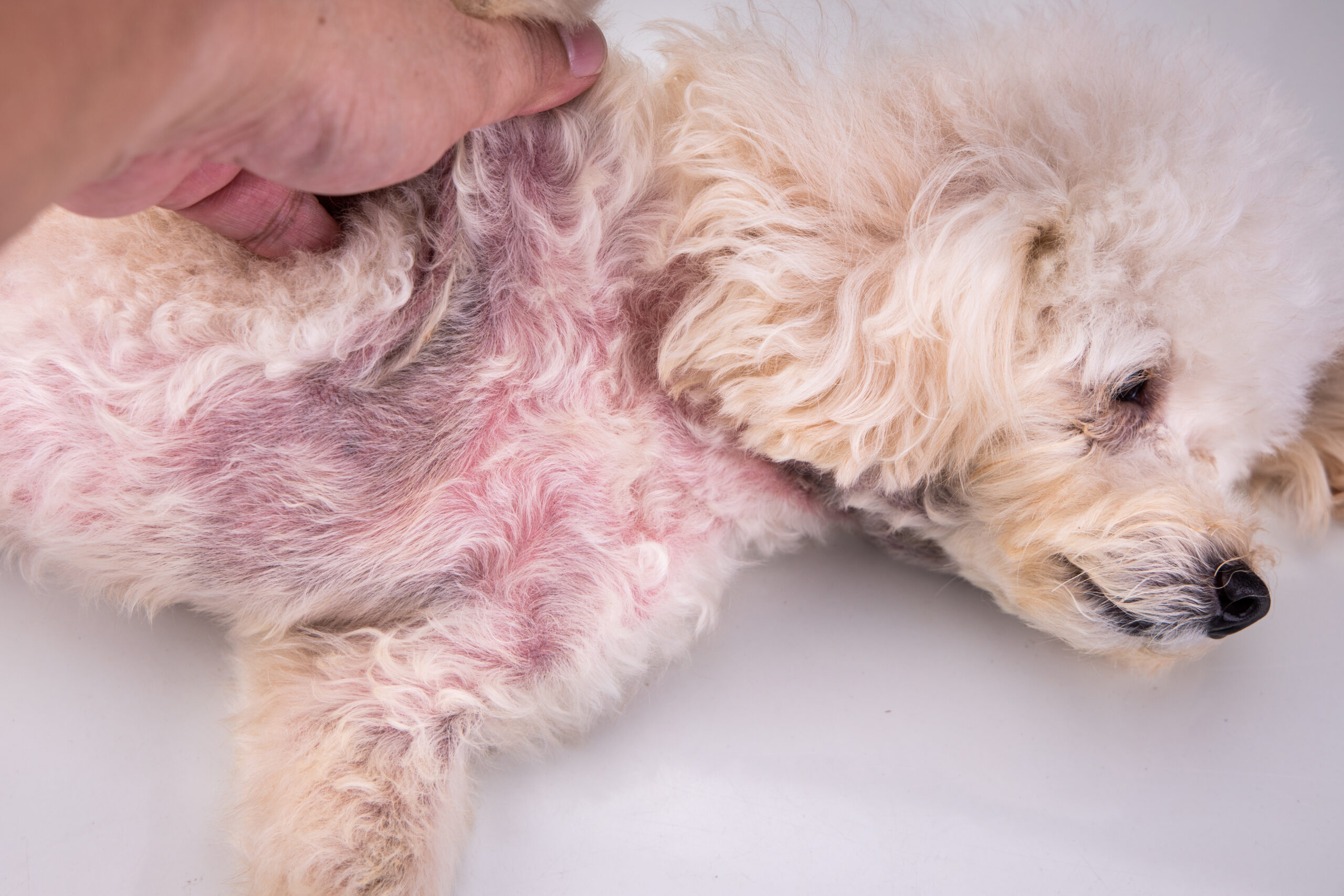Livestock health is the backbone of farming and sustainable agriculture. Among all the illnesses that plague this industry, Johne’s disease or paratuberculosis is one of the most encountered in the Roman world. The tendency is diagnosed in Spanish feasts, these dishes have a long end that smooths the productivity and well-being.
In this item for the blog, what we can do is discuss John’s disease, which is contagious, Prevention, and how to manage it.
What is Johne’s Disease?
Johns is a chronic disease that occurs in the bowel of cattle, primarily in the cecum, sheep, and goats. It is due to the paratulosis of slope mpio battery (map). The disease contributes to constant weight loss, diarrhea, and possible death, primarily in cattle.
Though Johne’s disease has been found for over a century, it’s always a significant issue because it has an interval of inque may be diagnosed and there is no effective treatment.
How Does Johne’s Disease Spread?
Johne’s Disease is extremely contagious in herds and spreads mainly through the fecal-oral route. The primary modes of transmission are:
- Ingestion of contaminated feed or water
- Contact with infected feces
- Infection in utero (mother to calf)
- Contaminated udders or milk
Young animals (less than 6 months) are most vulnerable, particularly in unsanitary conditions. If infected, an animal will not present symptoms for years, spreading the bacteria within the herd without being detected.
Clinical Signs and Symptoms
The symptoms of Johne’s Disease develop slowly and differ by species. In cattle, the most prevalent symptoms are:
- Chronic diarrhea
- Weight loss with a good appetite
- Reduced milk production
- Weakness and poor body condition
- Swelling under the jaw (“bottle jaw”) in severe cases
In sheep and goats, diarrhea is less frequent, but progressive emaciation and weakness are characteristic.
The disease is usually fatal once clinical signs develop.
Diagnosis of Johne’s Disease
Diagnosis of Johne’s Disease is difficult, particularly in the initial, subclinical phase. The following methods are commonly used:
- Fecal culture – Slow gold standard (fast but may take months)
- PCR testing – More rapid and highly specific
- Serological tests (ELISA) – Can detect antibodies, but can fail to detect early infections
- Postmortem examination – Verifies diagnosis by tissue histopathology
Routine testing and inspection are necessary, particularly in infected herds.
Economic Impact
Johne’s Disease has important economic implications for the livestock sector, including:
- Declined milk production
- Higher culling rates
- Decreased reproductive performance
- The expense of diagnostics and control schemes
- Trade barriers and decreased market value
In some nations, Johne’s Disease is notifiable, and it adds regulatory burdens to infected farms.
Control and Prevention
There is no efficient cure for Johne’s Disease, so prevention and herd management are essential. These are some of the important strategies:
Biosecurity
- Prevent the introduction of infected animals
- Keep closed herds where possible
Hygiene
- Clean calving areas
- Separate young stock from adult manure
- Clean feeding and watering equipment
Testing and Culling
- Regular ELISA or PCR screening
- Remove infected animals from the herd
Colostrum Management
- Avoid pooled colostrum from infected dams
- Use pasteurized or tested colostrum
Vaccination (where available)
- Vaccines are present in some parts of the world, but do not eliminate infection—only decrease shedding and symptoms
Is There a Human Health Risk?
Much debated, there has been continued speculation regarding a potential association between MAP and Crohn’s Disease in humans. Although a definitive causal link has yet to be demonstrated, the potential risk underscores the need to control Johne’s Disease on both animal and public health grounds.
Johne’s Disease in Animals – FAQs
Johne’s Disease (JD) is a chronic intestinal infection caused by the bacterium Mycobacterium avium subspecies paratuberculosis (MAP). It causes severe weight loss and diarrhea, especially in adult ruminants, and eventually leads to death.
Primarily fecal-oral transmission: calves or young animals ingest MAP from contaminated feces, milk, colostrum, or water.
In utero transmission: infected dams can pass MAP to unborn calves.
Contaminated feed, water, bedding, or udders can harbor the bacteria.
Long incubation period (years)
Animals can shed bacteria before showing signs
Many animals are subclinical carriers
Intermittent shedding and lack of reliable early tests complicate diagnosis
No. There is no effective treatment. Once clinical signs appear, the disease is progressive and fatal. Culling infected animals is the only effective way to control spread.
There is ongoing debate about whether MAP is linked to Crohn’s Disease in humans. Although not conclusively proven, many countries manage Johne’s seriously as a potential public health concern, especially in the dairy sector.
Final Thoughts
Johnes’ disease develops, but can affect except on the well-being of animals that are consumed, and the farm’s advantage is not solved. The best method to save your bandon is the first discovery, normal test, nice cleaning, and firm bios security.
On farmers, farmers and farm and battle and combat fighting pattern is further and more monitored future and more future for agriculture.



